 Previous Article
Previous Article
Composite Fencing vs. Wood: An Honest Comparison (2025)
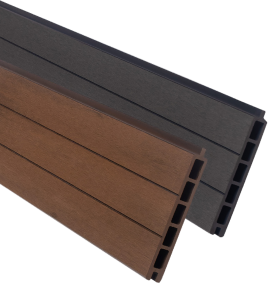
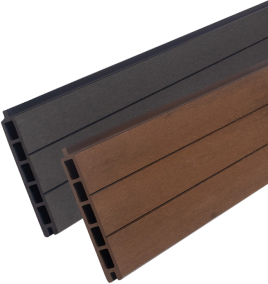
Welcome to your complete guide to buying composite fencing. If you’re looking to upgrade your garden with a durable, low-maintenance fence, you’re in the right place. However, with various kits and components on the market, it can feel a little confusing.
This guide will walk you through everything you need to know. We’ll demystify the different kit types, explain crucial differences in board quality, and give you the expert advice needed to choose the perfect fencing solution for your home and get it right the first time.
If you already have concrete posts, buying a compatible kit is the most cost-effective option.
Always measure the height of your gravel boards and the width between your posts before ordering to ensure you get the right number and size of boards.
For maximum stain and fade resistance, choose “capped” composite boards. They cost more upfront but require the least maintenance.
For a realistic wood look that lasts, always opt for an “embossed” texture over a “printed” one, which can wear off.
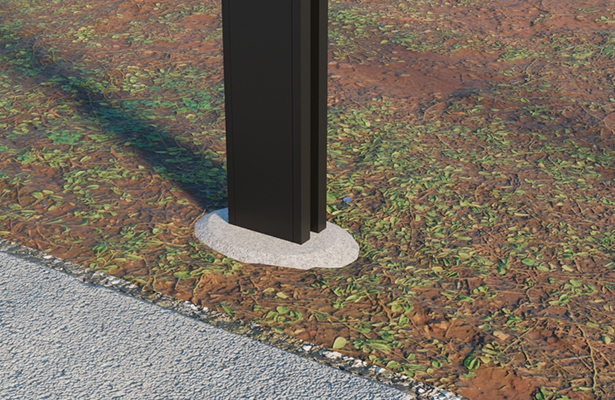
This is the most common and popular entry point into composite fencing. These kits are specifically designed for homeowners who already have concrete posts installed in their garden. The installation process is simple: you slide out the old, worn-out timber panels and fit the new, long-lasting composite components in their place.
These are slim aluminium or plastic inserts that fit perfectly into the grooves of your concrete posts. They create a clean channel for the new boards to slide into.
The main body of your fence – These boards stack on top of each other to achieve your desired height. They typically come in 1.83m (6ft) lengths.
These aluminium rails frame the boards, providing structural integrity and a clean, premium finish.
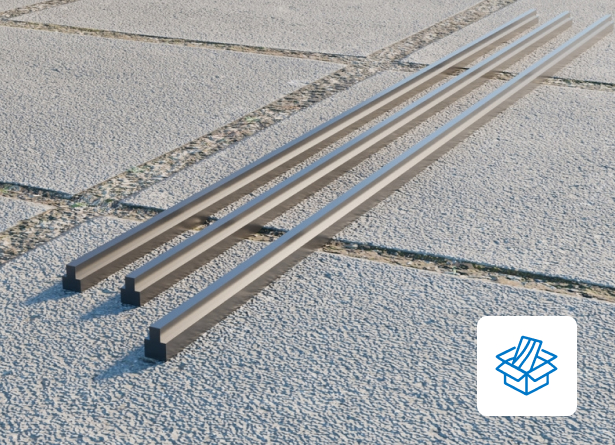
Most UK fence kits are designed assuming you have a standard 300mm (approx. 1ft) concrete gravel board at the base. A 6ft high fence, for example, is often achieved with a 300mm gravel board plus ten 150mm composite boards.
Kits provide boards at a standard 1.83m (6ft) length.

For those wanting the ultimate modern fence, aluminium fencing kits are the premium choice. This system combines lightweight, rust-proof aluminium posts with composite fence panels that provide a natural wood appearance. The result is a stunning, architectural look that provides complete peace of mind, as no part of it will ever rot.
This longer post is designed to be dug 600mm into the ground and secured with Postcrete – This method offers maximum strength and stability.
This post is welded to a steel base plate. It is designed to be bolted directly onto a hard, solid surface like a concrete foundation, structural timber, or stone patio using heavy-duty anchor bolts.
Recommendation:If you are not an experienced DIYer, we recommend speaking with a professional installer or your supplier to ensure you choose the right post type for your ground conditions.
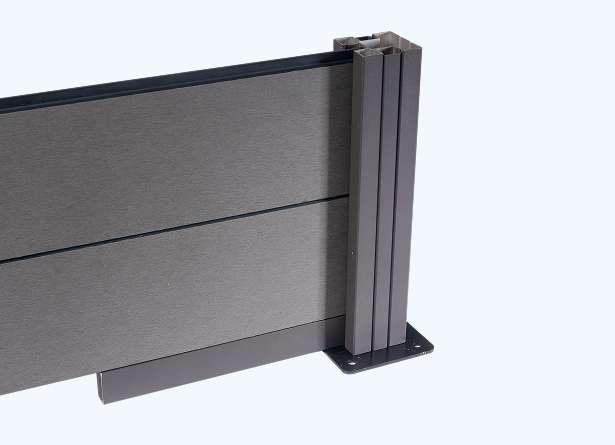
Understanding the board type is just as important as the kit type. This knowledge sets the right expectation for long-term appearance and maintenance.
Most standard composite fence boards sold in the UK are uncapped. They are made from a homogenous mix of reclaimed wood fibres and recycled plastics.
They are durable and will never need painting or sealing. However, they are more porous, which means they will require occasional cleaning with hot, soapy water. Their colour will also lighten slightly over the first year as they weather naturally.
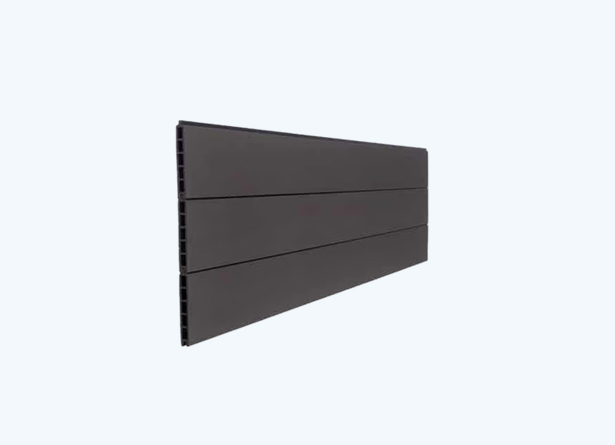
Capped boards are the gold standard for performance. They have an inner composite core protected by a non-porous outer layer of plastic (PE).
This protective shell makes them exceptionally resistant to moisture, fading, and staining. Spills, marks, and dirt can be easily wiped away. They are a true “fit and forget” option that maintains its colour and finish for years with minimal cleaning; most suppliers can upgrade the boards in a kit to a capped version.
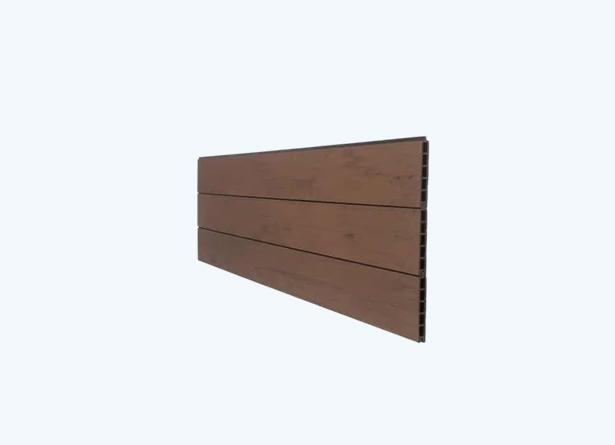
The surface finish of your board defines the final look of your fence.
This is a smooth, printed pattern applied to the board’s surface. From our experience, this pattern can fade and wear away after a couple of years of exposure to the elements.
This is a much better choice. The embossed wood grain pattern is physically pressed into the board during manufacturing, creating a deep, durable texture that you can feel and that won’t wear off.
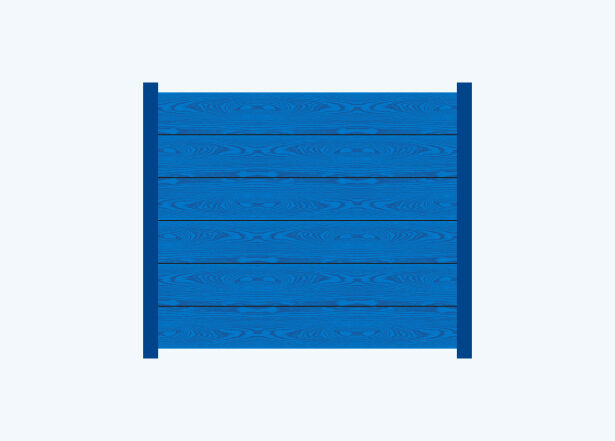
These clean, modern finishes were the original composite style. They look fantastic, but it’s important to know that they may show temporary water stains during the first 6-12 months. This is a normal part of the weathering process (as natural tannins from the wood fibres come to the surface) and will fade over time. This effect is less noticeable on darker colours.

While the choice is always personal, our professional recommendation is based on value and proven performance.
For the ultimate, money-no-object solution, an aluminium fencing kit offers unmatched longevity and a premium, architectural look.
However, for most UK homeowners, the kit for existing concrete posts offers the best combination of cost, ease of installation, and aesthetics. Concrete posts are a tried-and-tested feature of British gardens; combining them with modern, durable composite panels gives you a brand-new look at a fraction of the cost of a full system replacement.

 Previous Article
Previous Article
Composite Fencing vs. Wood: An Honest Comparison (2025)

The Pros and Cons of Composite Fencing: A UK Expert's Guide (2025)